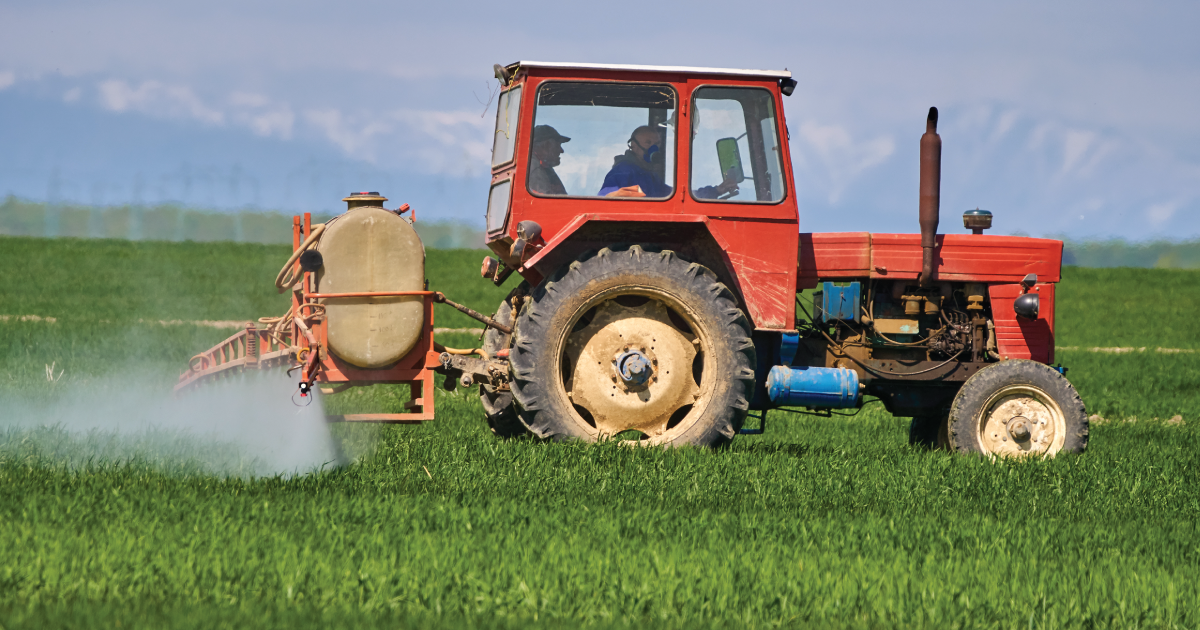
America’s Dependence on Pesticides, Especially Neonics, Is a War on Nature
More than 50 years ago, Rachel Carson warned of a “silent spring”, the songs of robins and wood thrush silenced by toxic pesticides such as DDT. Today, there is a new pesticide specter: a class of insecticides called neonicotinoids. For years, scientists have been raising the alarm about these bug killers, but a new study reveals a more complete picture of the threat they pose to insect life.
August 7, 2019 | Source: The Guardian | by Kendra Klein
A new study shows that the class of insecticides called neonicotinoids poses a significant effects on insects, soil and water
More than 50 years ago, Rachel Carson warned of a “silent spring”, the songs of robins and wood thrush silenced by toxic pesticides such as DDT. Today, there is a new pesticide specter: a class of insecticides called neonicotinoids. For years, scientists have been raising the alarm about these bug killers, but a new study reveals a more complete picture of the threat they pose to insect life.
First commercialized in the 1990s, neonicotinoids, or neonics for short, are now the most widely used insecticides in the world. They’re used on over 140 crops, from apples and almonds to spinach and rice. Chemically similar to nicotine, they kill insects by attacking their nerve cells.
Neonics were pitched as an answer to pests’ increasing resistance to the reigning insecticides. But in an effort to more effectively kill pests, we created an explosion in the toxicity of agriculture not just for unwanted bugs but for the honeybees, ladybugs, beetles and the vast abundance of other insects that sustain life on Earth.
